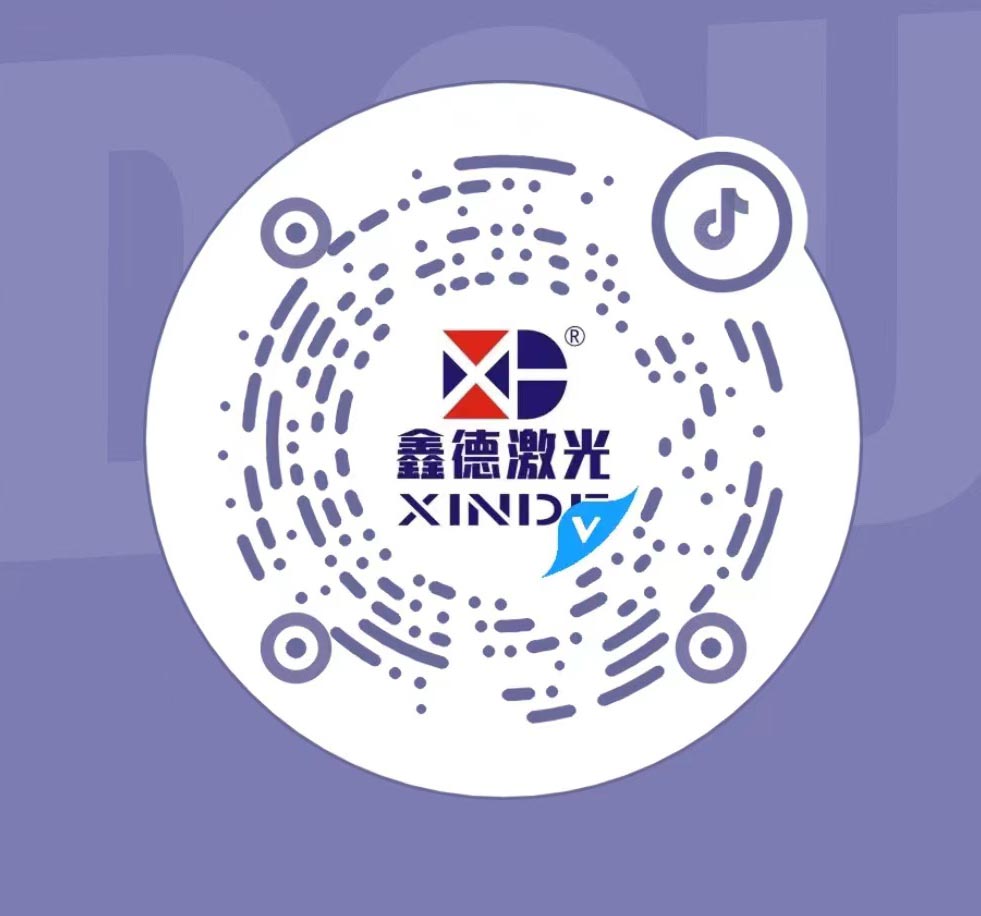New energy PACK whole line solution provider
Why do lithium batteries use aluminum for their positive terminals and nickel for their negative terminals?
Why do lithium batteries use aluminum for their positive terminals and nickel for their negative terminals?
1. Both are conductive, soft, easy to stick together, inexpensive, and can form an oxide film on the surface.
2. Copper/nickel oxide is composed of semiconductors, with conductive characteristics, and the thickness of the oxide is too thick, so it has a high impedance, and aluminum oxide is a kind of insulating material, it can not conduct electricity, but it is very thin, it can use its channel action to conduct, if the oxide layer is too thick, its conductivity will decline, and even lead to insulation. Generally, the surface of the collector should be cleaned prior to use to remove dirt and to remove thicker layers of oxidation.
3. With high positive potential and thick aluminum film, can effectively prevent the oxidation of the concentrated flow. The oxidation layer of copper/nickel is relatively loose, in order to avoid oxidation, it is best to low potential, and Li is not easy to form a lithium alloy with Cu/Ni at low potential, but if copper/nickel is oxidized in large amounts, the lithium reaction between Li/ cu/Ni, but at low potential, aluminum foil can not be used as a negative material, which will lead to the alloying of LiAi.
4. The composition of the concentrate is very demanding. The impurity of aluminum will cause the film to be not dense, resulting in pitting, and more seriously, the surface layer of aluminum is destroyed, resulting in the formation of LiAi alloy.
Xinde Laser is a professional company engaged in lithium battery laser welding equipment, mainly for the majority of new energy lithium battery welding PACK factory to provide professional automatic welding solutions. Xinde laser welding equipment is mainly used in the welding of lithium battery pack: nickel transfer, explosion-proof valve welding, battery pole spot welding, battery pole welding, power battery shell and cover plate sealing welding, large monomer square shell battery and large polymer power battery module welding.
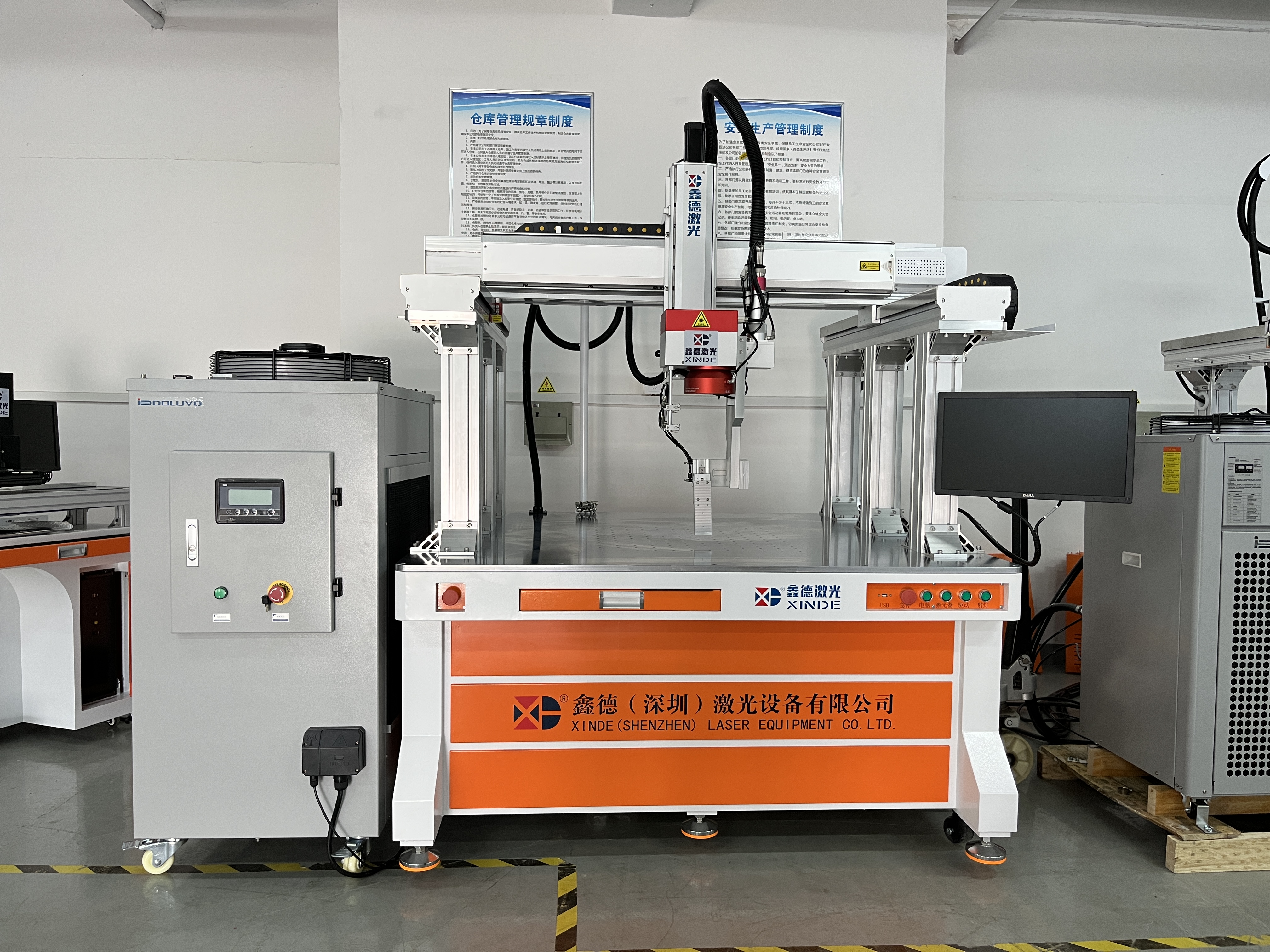
Recommended reading
- 2023-06-01Square shell lithium battery module pack production line: ideal choice for achieving efficient production and high-quality products
- 2023-01-02Why is automatic laser welding machine so popular
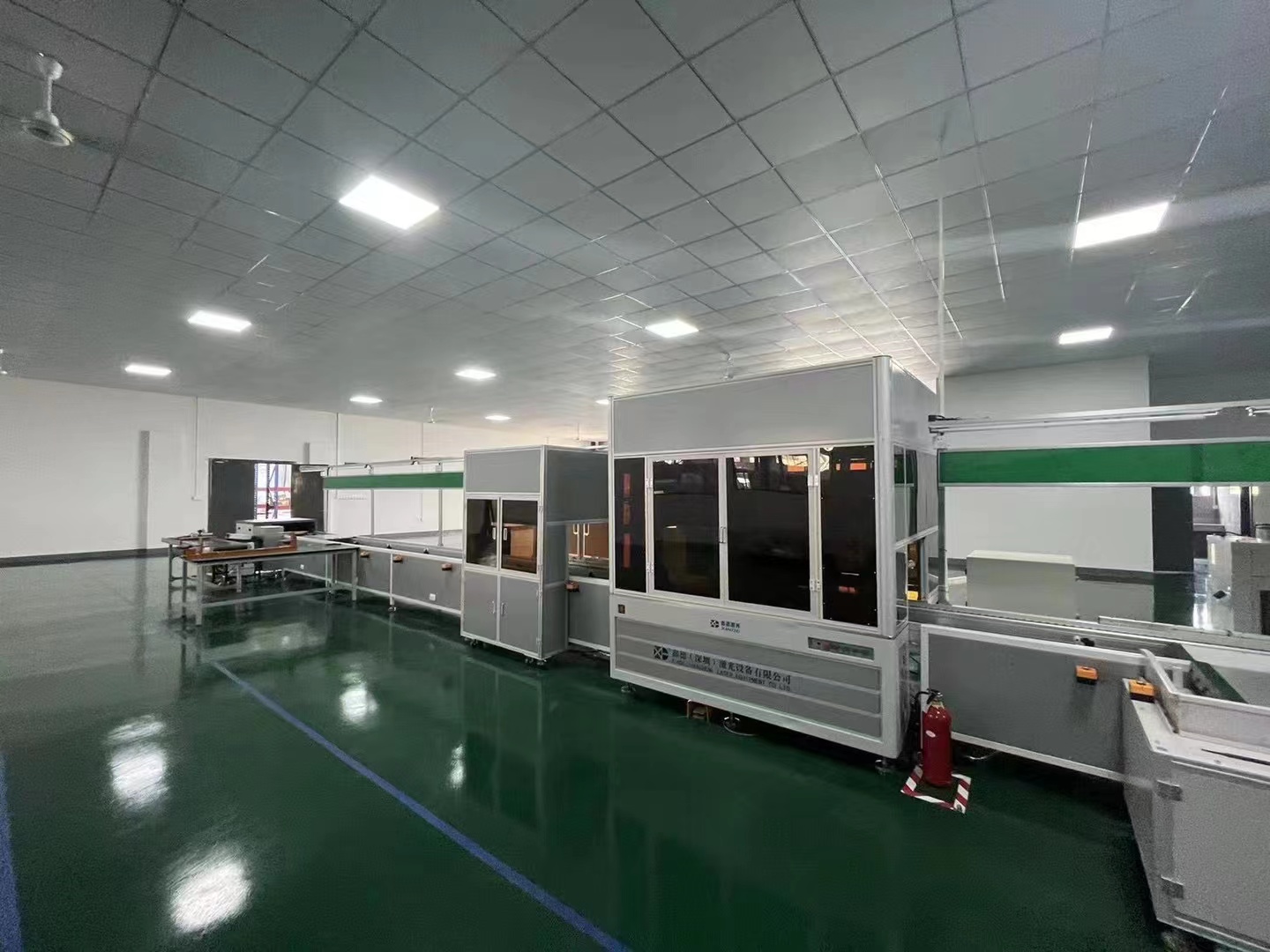 2022-12-29Definition and function characteristics of lithium battery automation pipeline
2022-12-29Definition and function characteristics of lithium battery automation pipeline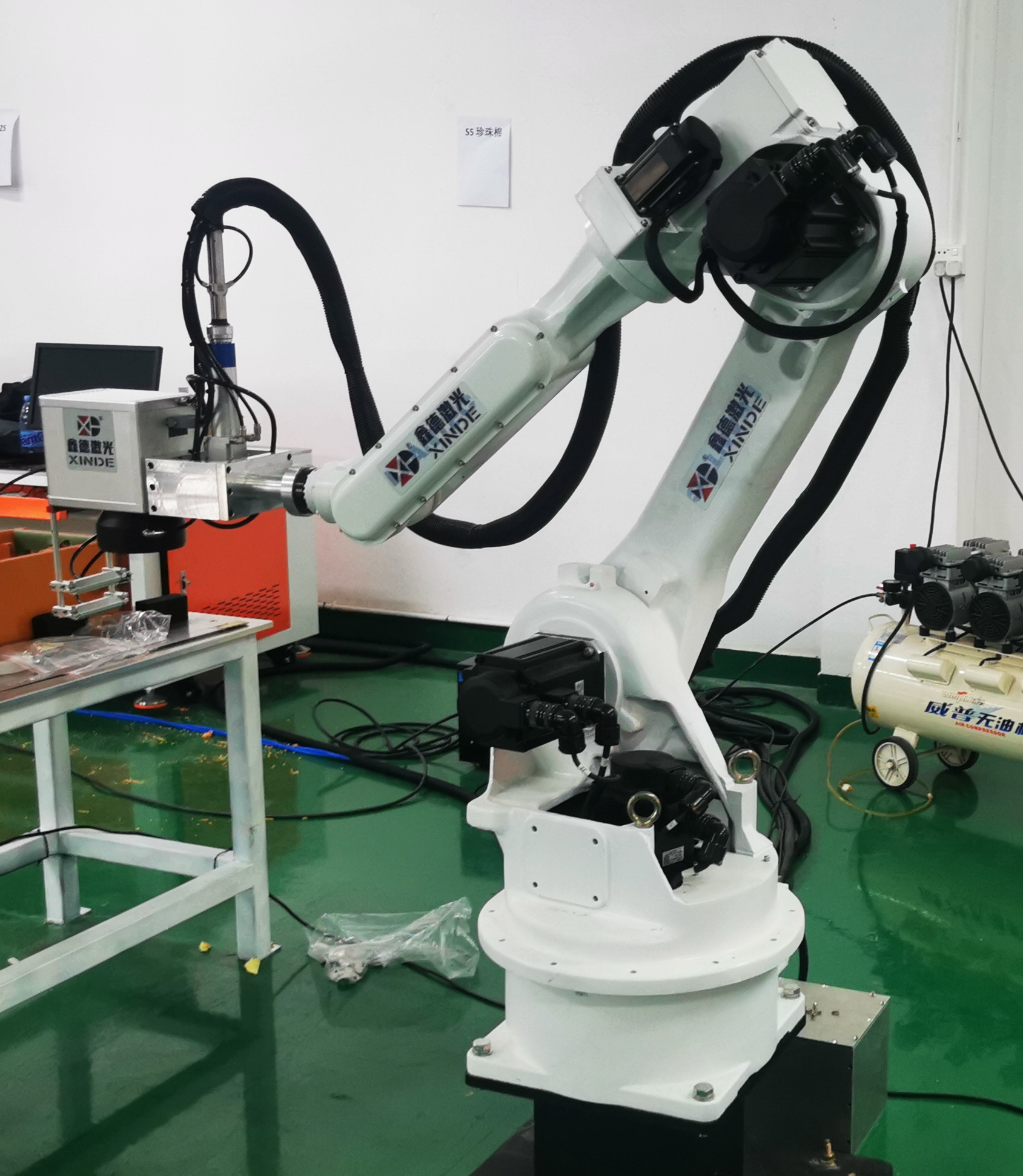 2022-12-27Welding manipulator will lead the future of welding automation
2022-12-27Welding manipulator will lead the future of welding automation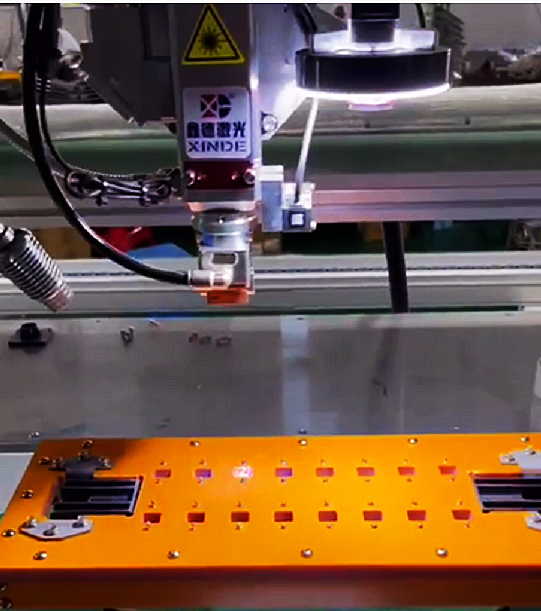 2022-12-24What factors are related to laser welding quality
2022-12-24What factors are related to laser welding quality

-
Inquire
- Mobile
- Mobile177-2247-7738
- Tiktok
- Video
- Top



